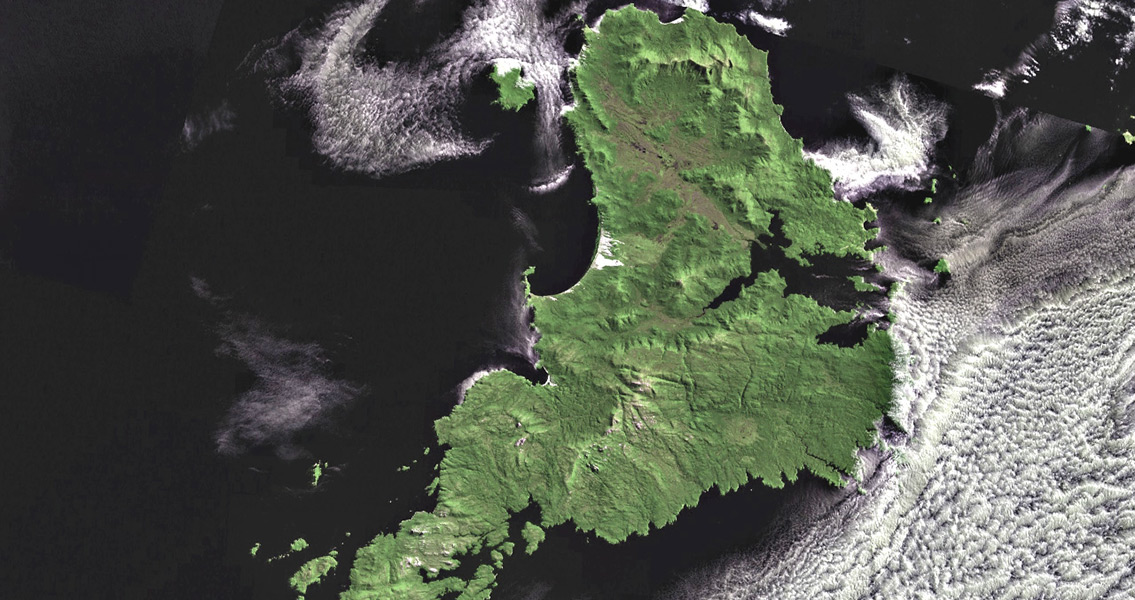<![CDATA[A team of international researchers led by scientists from the University of Otago in Dunedin has revealed a series of regions in New Zealand that have been characterized as prehistoric sanctuaries for local seabirds to escape hunting by early humans. Research methods used by the scientists included computational modelling, radiocarbon dating and the analysis of ancient DNA samples in order to reconstruct coastal New Zealand population histories for several different species of prehistoric seabirds. According to geneticist Dr. Nic Rawlence, the scientist that led the study into the ancient seabird DNA, the research team discovered that the mapua/shag populations native to the Stewart Island region were hardly affected at all by the hunting efforts of early humans. Meanwhile, by comparison, the population numbers of the birds that lived on the mainland were devastated quite rapidly. In a statement released by the university, Dr. Rawlence remarked that within just one century of human arrival, there was a loss in excess of 99 percent of the population of the seabirds. Today, only a fraction of the prehistoric range of these seabirds on the mainland is still occupied, as their populations never truly recovered from such heavy hunting practices employed by early humans. The suggestion is made by the research study that the survival of these mainland populations has relied upon just a handful of rocky, inhospitable islands that lay off the east coast of the South Island. Their geographical isolation likely made it difficult for early humans to conduct hunting there. Meanwhile, Dr. Rawlence said that the populations of Stewart Island have remained largely stable throughout prehistory through to today. A university of Otago archaeologist and associate professor connected with the research study, Ian Smith, added to Dr. Rawlence’s statement by remarking that it looks like these contrasting histories in local wildlife highlight differences in pressure made by prehistoric human activity. Recent studies of the archaeological record indicate that human populations themselves were in decline at around 1500 CE in the Stewart Island region, something that is also likely to have contributed to the persistence of wildlife within the region while areas with a larger human presence saw near-extinction of the species, Smith remarked. Professor Jon Waters, the leader of the research project, made it clear that there has been much debate over what led to the declines and extinctions of prehistoric wildlife. In many instances, climate change has been labelled as the determining factor, while in others the impact of humanity has been blamed. Professor Waters pointed out that the major impact point on the seabird populations in this case is quite clearly prehistoric human hunting, especially since the regions studied were similar in climate. For more information: www.onlinelibrary.wiley.com ]]>
Prehistoric Wildlife Sanctuaries of New Zealand Revealed
